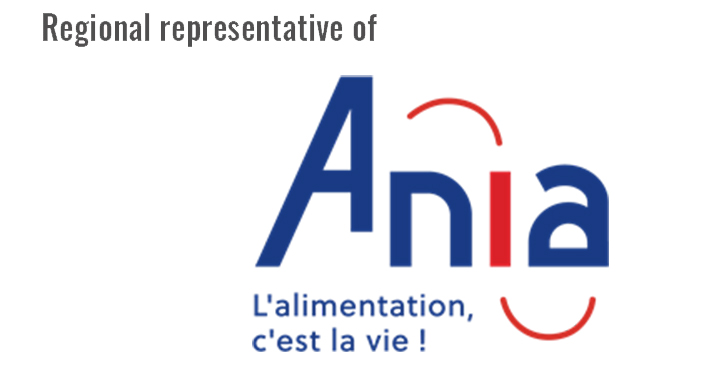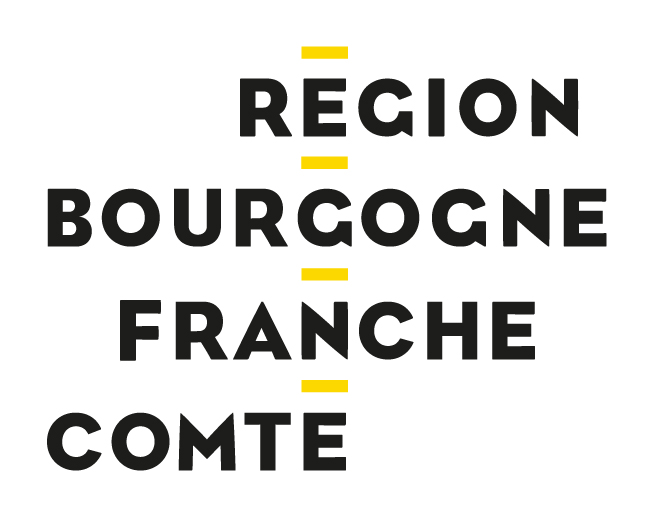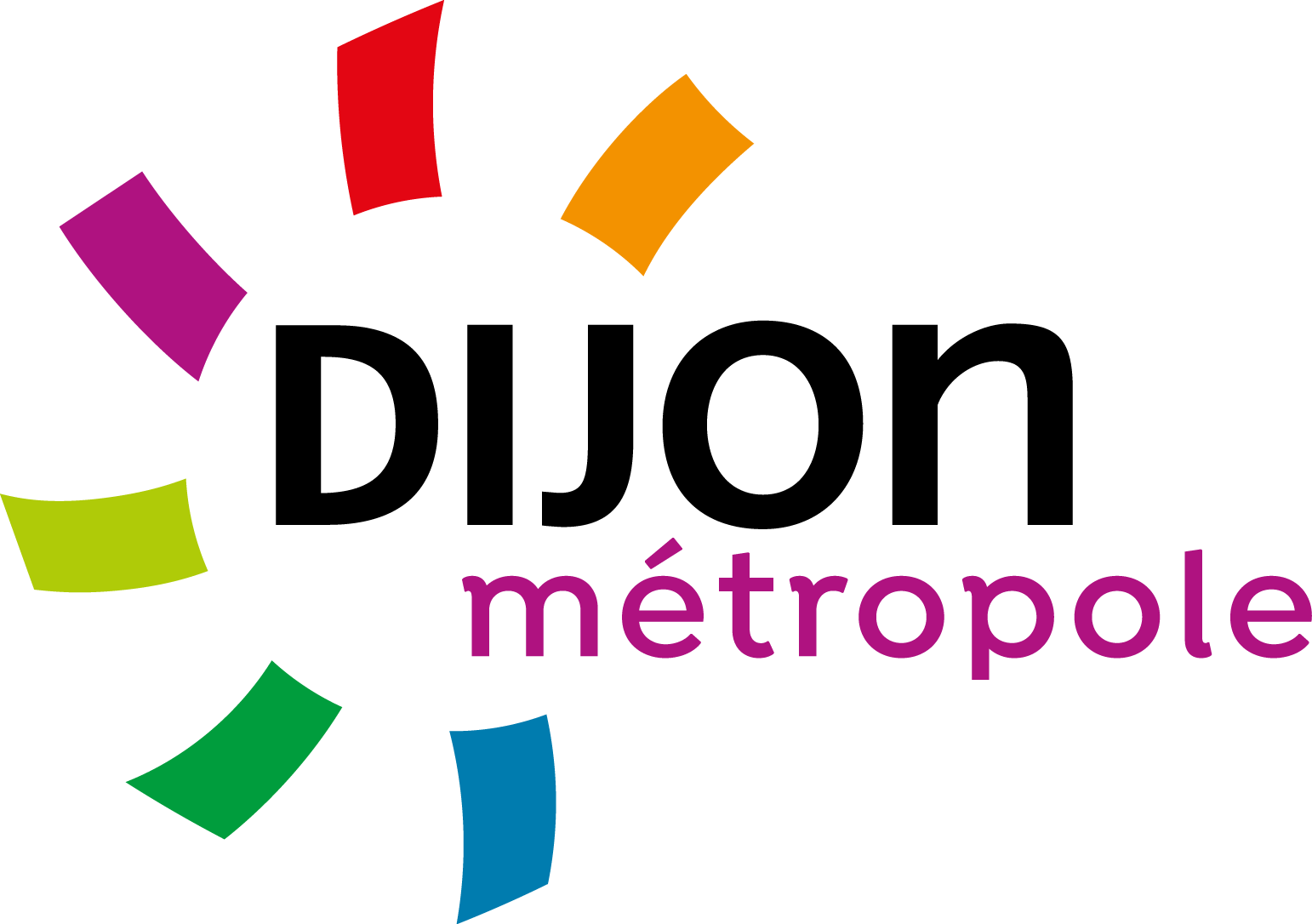01 Sep 2021
Pulses: what are the barriers to boosting consumer demand?

Lentils, beans, chick peas... pulses are well known for their many benefits for the environment (nitrogen fixing, low greenhouse gas emissions etc.) and for our health (high in protein, low in fats...) - here is a quick overview of these points. Despite their positive press, consumption of pulses has fallen steeply in France (as it has in many Western countries) since the beginning of their 20th century, from 7.2kg/year/person in 1920 to 1.7kg/year/person in 2016... compared to the world average of 7.6kg/year/person (Source: ANSES, 2016).
What explanations are there for the lack of favour pulses find among French consumers, despite strong public health messages encouraging consumption of these foods?And what drivers are there to boost consumption?
We talked to Stéphanie Chambaron and Loïc Briand at Dijon's Centre for the Sciences of Taste and Feeding (CSGA) after a webinar they presented for Vitagora's members.
Several studies have identified blockages to pulse consumption
Since the Middle Ages, farmers and rural populations have mainly eaten "cheap" food staples such as chesnuts and pulses, while ingredients such as white flour, spices and meat (in particular beef) were reserved as luxury foods for the richer populations. Throughout history, pulses have thus earned and retained a reputation as "peasant food". In the collective consciousness, pulses are often associated with periods of deprivation when access to other food sources was limited.
"To go further and identify all the obstacles to pulse consumption, we need to understand what is going on in consumers' minds", Stéphanie Chambaron insists. A research project called IM'PULSES, directed by Gaëlle Arvisenet, professer at AgroSup Dijon, focused on this question. The goal was to study the various representations of pulses for consumers and to identify solutions for driving interest in these foods.
Questioning the consumer: an indirect "observational" approach
"To avoid the implicit biases of direct questioning, in particular the biais of social desirability, we conducted several studies using an indirect approach", Stéphanie Chambaron explains. She compares memory to an iceberg: the visible part represents our explicit knowledge, and the submerged, much larger, part represents our implicit knowledge (representations, emotions, beliefs). An indirect approach allows researchers to access the implicit knowledge of the test subjects. Here are a few of the results of the various experiments:
- Composing menus according to scenarios to access the motivations of the consumers1: the consumers were put in a situation where they had to put together a menu by choosing photos of foods according to different scenarios: a weekday dinner, a restaurant meal, on a tight budget etc. Indirectly via their choices, the participants provided evidence to their motivations.
The result: This experiment revealed that pulses were among the least selected foods... while meat was systematically at the centre of the meal. When pulses where chosen, it was in the contexts of a "restaurant" or "canteen" rather than to be prepared at home. You can read more about their results in their article in Food Research International. - CATA (Check-All-That-Apply) method 2: This experiment used a technique for rapid sensory profiling where the consumer selects the attributes that he/she associates with a food.
This study focused on pulses presented in various forms (unprocessed, canned, in ready meals etc.). The results revealed that positive attributes were selected for unprocessed forms of pulses rather than for processed: the amount of processing is thus an area requiring careful attention in pulse-based product development. - Eye-tracking and virtual reality3 in a simulated supermarket.
An immersive virtual environment can be created by using virtual reality and eye tracking technologies (following what the test subject is looking at). This can provide insights to better understand the choices and motivations of consumers, by using various scenarios (for example, hedonic motivation, environmental motivation etc.).
With an experiment in a virtual supermarket, researchers noted that pulses attracted little attention on supermarket shelves. The scenarios focusing on "health" and "the environment" were the most likely to lead to pulses being noticed.
What insights can be gleaned from these studies?
According to analysis of the results, for consumers, the barrier between pulses and other foods (especially starches) can be fuzzy. That said, consumers are well informed of the nutritional benefits of pulses and say that they like the taste.
Two major obstacles to the consumption of pulses were identified:
- The preparation (cooking) of pulses is regarded as difficult and slow.
- The traditional meal structured around meat-vegetable-starch leaves no obvious place for pulses. "The first experiments that we conducted in 2017-2018 revealed that pulses are mostly associated with a vegetarian diet," explains Stéphanie Chambaron.
What areas of optimisation are there for food businesses?
The various studies carried out by CSGA have allowed researchers to identify several action areas for increasing consumer interest in pulses:
- Offering technological solutions to reduce the cooking time of pulses at home, but keeping in mind that highly processed foods could well be rejected by consumers - one example is the "Multicook and grains" appliance developed by Seb for their Moulinex brand.
- Creating a clearer image of pulses in order to increase their visibility in supermarkets - for example, the range of pulse-based products by Hari&Co
- Provide useful information on cooking and integrating pulses into everyday meals. Stéphanie Chambaron insists on this point: "Consumers are interested in practical advice, such as recipes, that can help them to include pulses in their meals, rather than in theoretical information on their nutritional benefits."
- Communicate on the taste of pulses, thsi being mostly well-regarded, and avoid using the concept of "plant proteins" that consumers are less likely to understand.
Taste: an important area of focus for plant-based substitutes
To address consumer expectations, the research teams at CSGA insist on the importance of putting the taste of pulses at the heart of product development. According to a survey carried out by GEPV in 2018, 53% of French consumers have a positive view of the taste of plant-based meat substitutes. Indeed, over 30% of those surveyed find the plant products taste better (source).
Despite this declaration, bitterness and astringency are two major sensory problems for plant proteins... and can be obstacles to consumption, especially for processed products presented as meat substitutes.
At CSGA, Loïc Briand and his team are working on the sensory factors for limiting bitter and astringent sensations present in plant-based foods: "it is possible to use meat flavourings or umami components to provide a "metallic" taste that is characteristic of meat products. There are also links to be made with olfaction which can play a role in masking undesirable tastes." To mask astringency, strategies are being developed using saliva which plays an important role in this sensation. CSGA regularly collaborates with food manufacturers for the sensory analysis of foods and taste perception during product development.
To find out more about the research and expertise of CSGA, or for any questions regarding the development of plant-based products, contact me, elodie.dasilva@vitagora.com. And to make sure you don't miss out on our innovation and intelligence articles, subscribe to our blog (2-3 articles per month).
Further reading
- 1 Melendrez-Ruiz, J., Chambaron, S., Buatois, Q., Monnery-Patris, S., & Arvisenet, G. (2019). A central place for meat, but what about pulses? Studying French consumers' representations of main dish structure, using an indirect approach. Food Research International, 123, 790-800.
- 2 Juliana Melendrez Ruiz, Stéphanie Chambaron, Sandrine Monnery Patris, Gaëlle Arvisenet. Utilización de la prueba CATA para estudiar las representaciones, actitudes y creencias de los consumidores franceses hacia las legumbres, según su nivel de transformación. 3. congreso de la associacion espanola de profesionales de analisis sensorial, Jun 2019, San Sebastian, España. 1 p., 2019.
- 3 Melendrez-Ruiz, J., Goisbault, I., Charrier, J.C., Pagnat, K., Dujourdy, L., Arvisenet, G. Chambaron ,S (in revision). An exploratory study combining eye-tracking and virtual reality: Are pulses good "eye-catchers" in virtual supermarket shelves? Frontiers in Virtual Reality.




 Home
Home

















Share your opinion